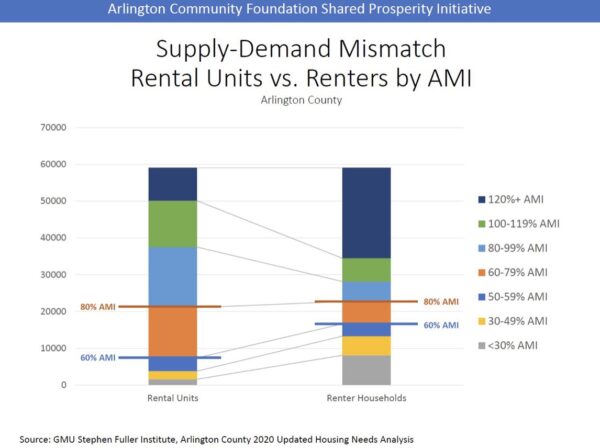 Peter’s Take is a biweekly opinion column. The views expressed are solely the author’s.
Peter’s Take is a biweekly opinion column. The views expressed are solely the author’s.
This is my final ARLnow Peter’s Take column.
As announced earlier this month, ARLnow.com will be adopting a new approach to presenting opinions. I look forward to their new approach.
In January 2013, ARLnow published my first Peter’s Take column. Never in my wildest imagination did I foresee that it would publish over 360 more of my columns over a 9-year period. Thanks, ARLnow!
In my first column, I explained that “my take on the subjects I’ll be writing about will depart sometimes from the party line.” I’ve tried to follow this approach.
In this column, I’ll provide my perspective on some continuing issues.
Arlington Public Schools
I wrote dozens of columns about APS. I continue to be highly critical of APS’s excessive reliance on devices and virtual learning. APS staff is in thrall to Big Ed Tech. The Ed Tech empire continues to reap millions of our tax dollars from APS’s inappropriate uses of technology to supplant in-person, human interactions between students and teachers. Arlington’s elected School Board should vote to roll back APS staff’s excessive reliance on devices and virtual learning, and direct APS staff to strike a reasonable balance in device use.
In addition, the School Board should vote to adopt a formal policy that in-person instruction should drive APS facilities planning–not the other way around. After adoption by the School Board, the County Board also should vote to adopt this policy regarding APS facilities. And, APS’s facilities should prioritize instructional functionality, not dazzling architectural design headlines.
Arlington County Government
I wrote scores of columns about the Arlington County government. The specific subjects varied, but certain themes continue severely to hamper our local government’s effectiveness.
One theme is the unfortunate refusal of current County Board members to oversee more aggressively the policies and practices of the County Manager and staff, claiming that doing so would impinge on the Manager’s legal prerogatives. Often with respect to the same issue, the Manager claims that his hands are tied because he is only executing County Board policy.
Contrary to what current County Board members assert, this excessive deference to Manager and staff is not required by our form of government. The change that’s needed is a change in the attitudes of County Board members regarding how they interpret their own roles. (For different reasons, some changes in our current form of government also are desirable.)
Then there’s the so-called “Arlington Way”. In the vast majority of cases, what the Arlington Way means in practice is the deployment of County government’s massive public engagement organization to reach County government’s predetermined outcomes by seeking resident input on issues that are defined in a way deliberately designed to reach those outcomes. Beware the words “no decisions have been made.” The County Board should vote to direct the Manager to use his staff and his massive public engagement organization in only objective, un-biased, community-sensitive ways.







